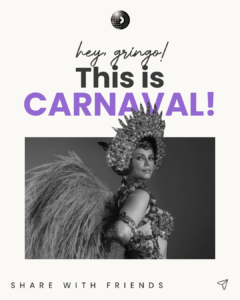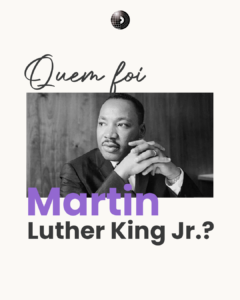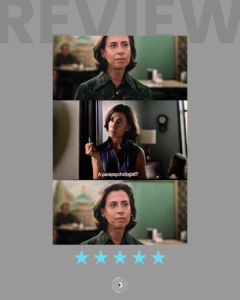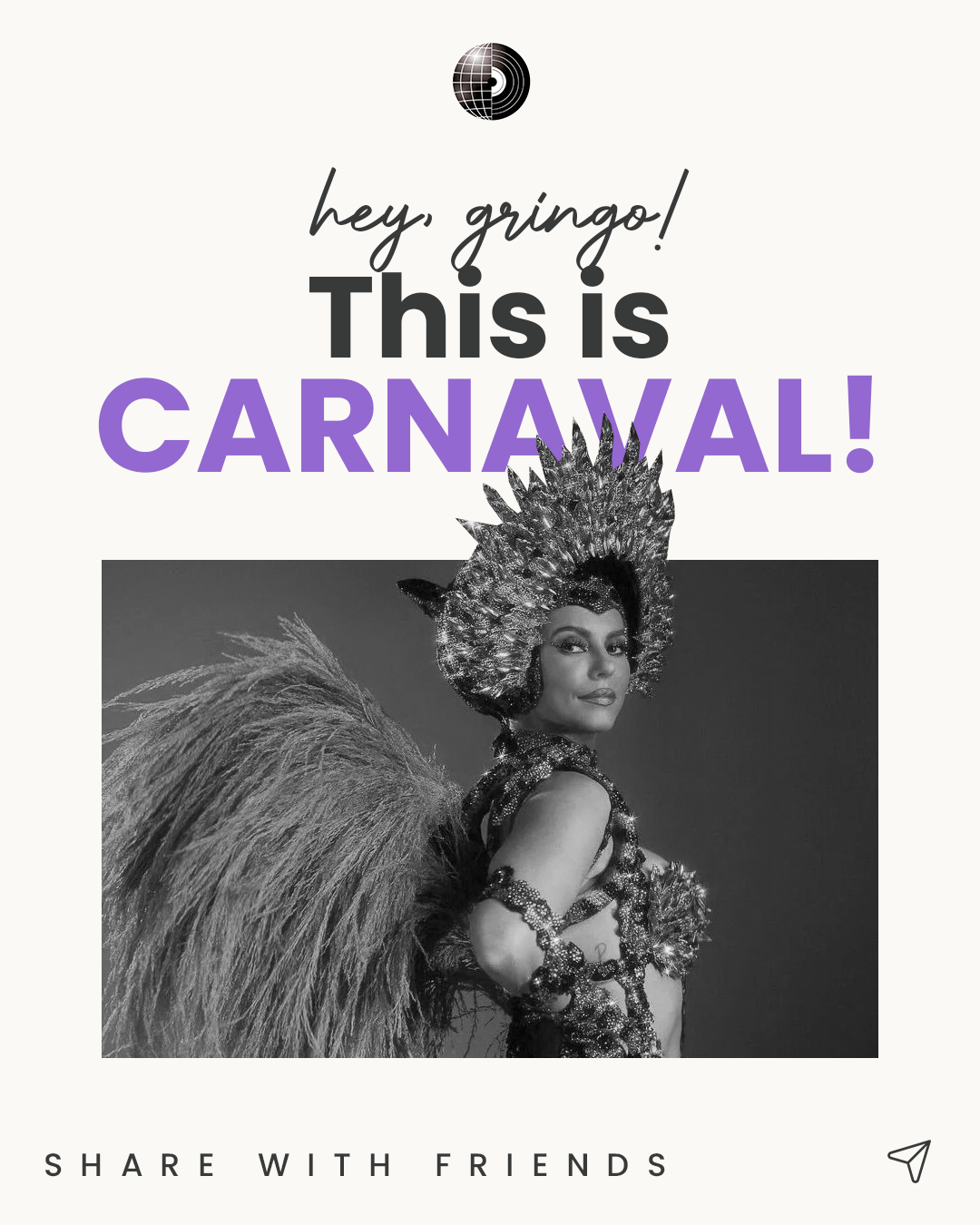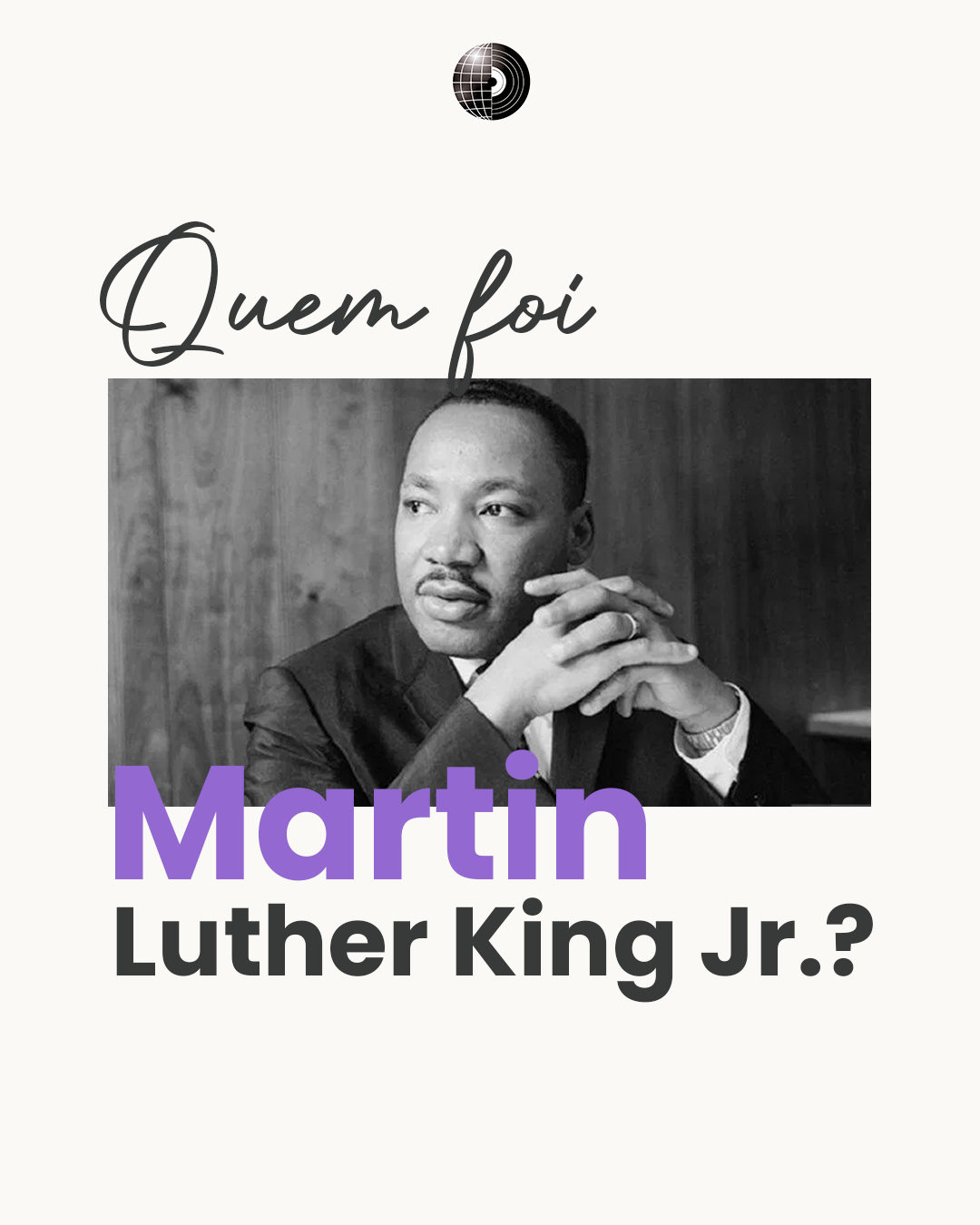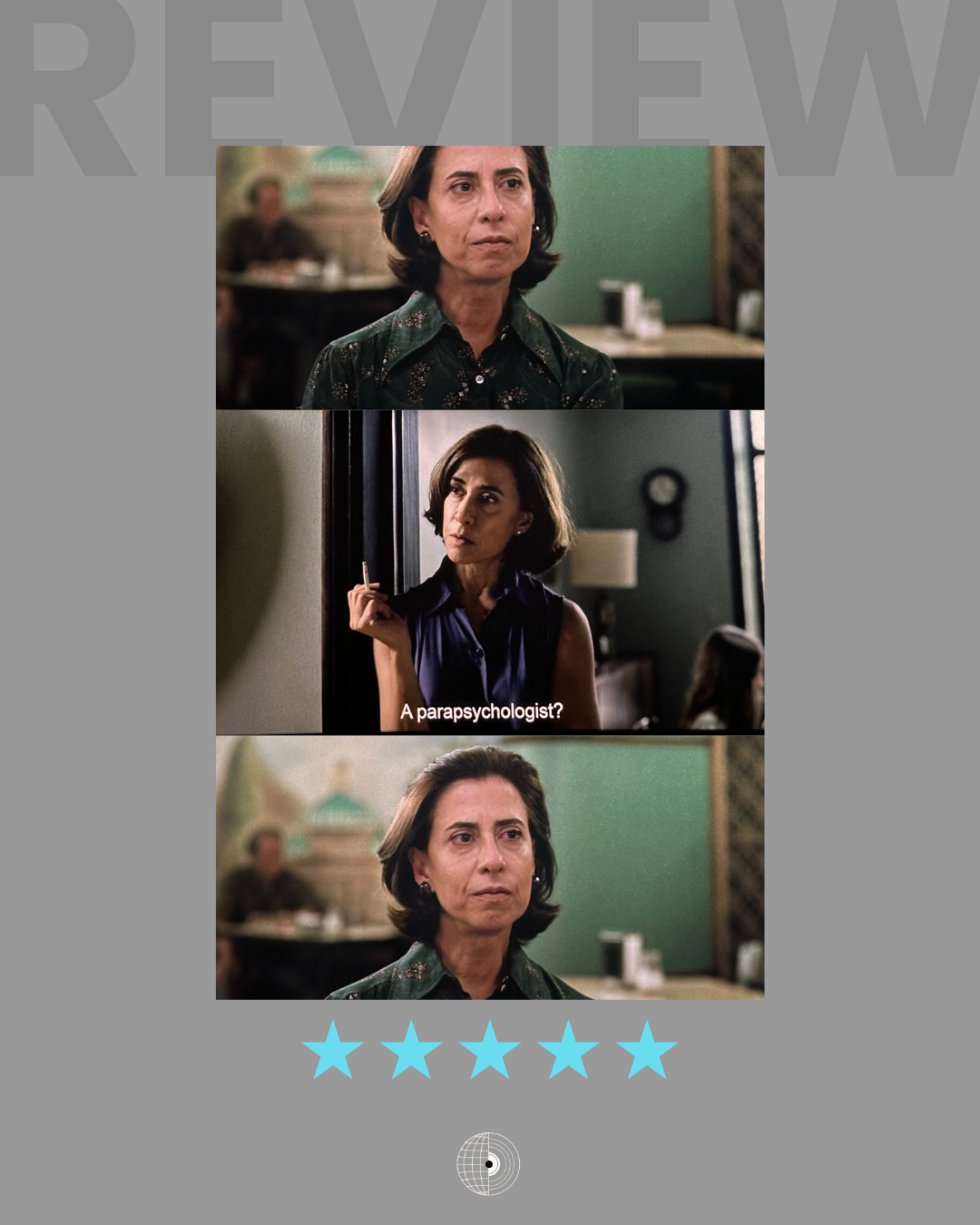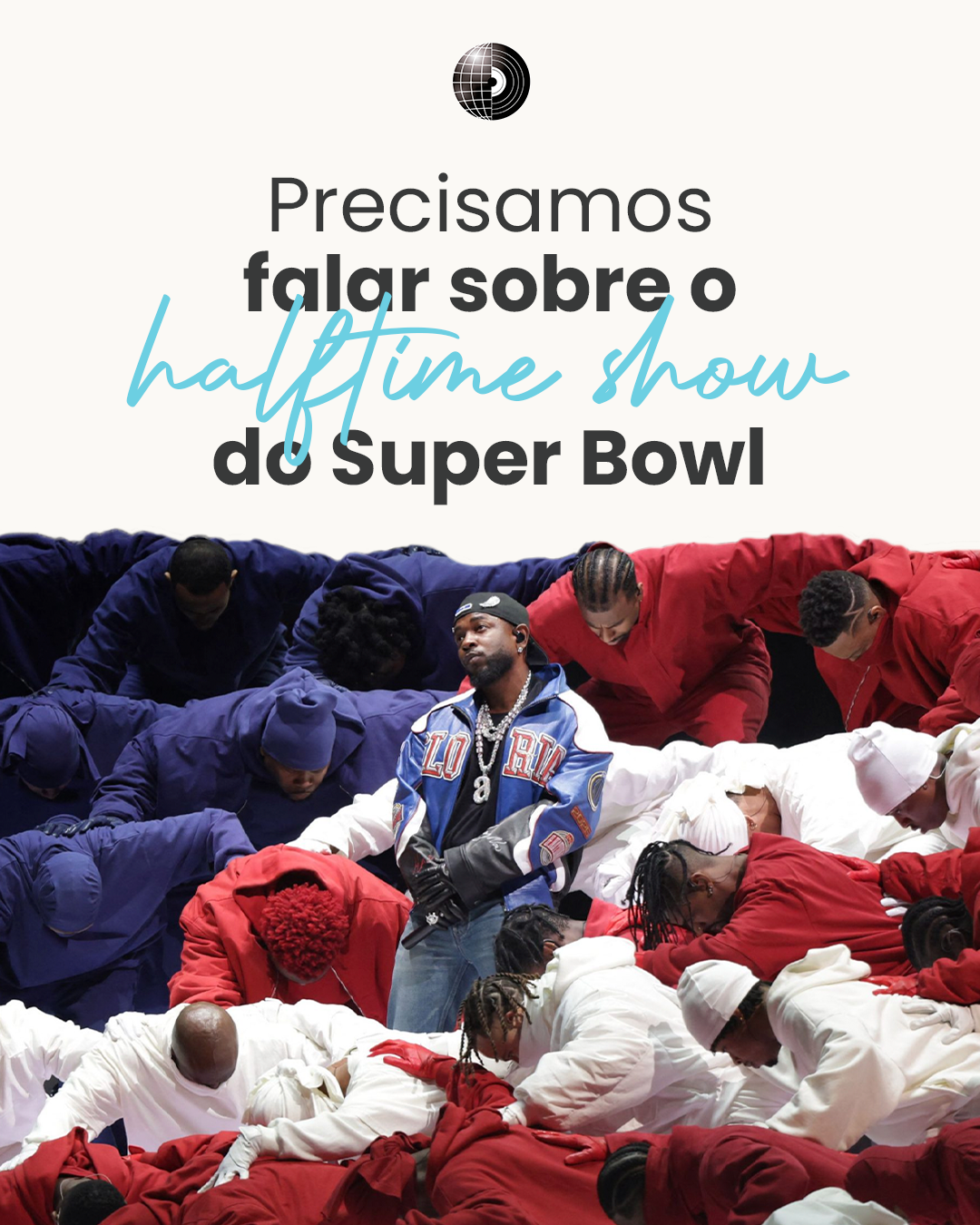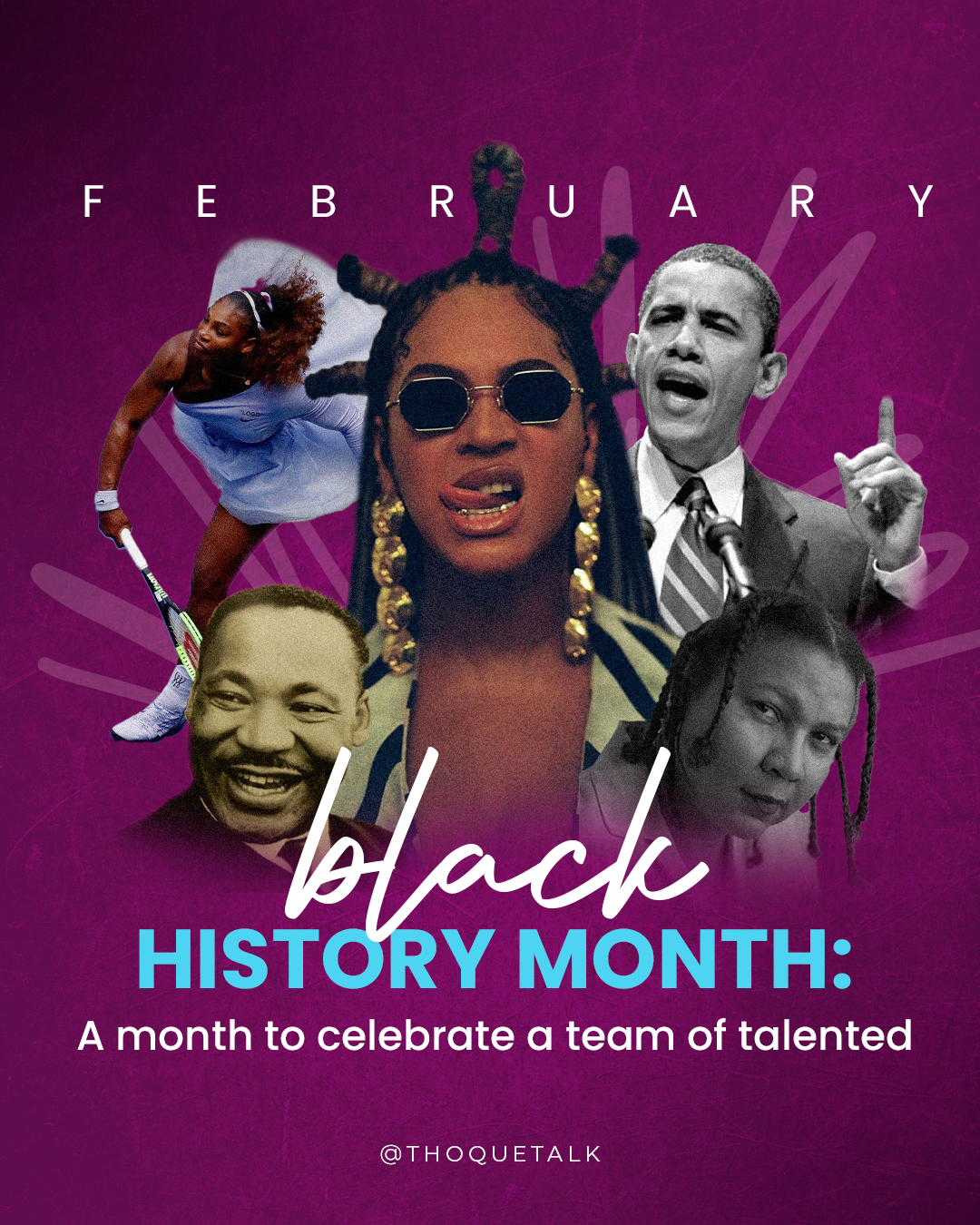Carnaval came to Brazil in the 17th century with the Portuguese, when the Portuguese brought it along with traditions of throwing water and other substances at each other. In 1840, Rio de Janeiro hosted the first masked ball, shaping its traditions. It happens before Ash Wednesday, a Catholic custom dating back to ancient Rome’s pre-Lent celebrations.
In the 20th century, Carnaval traditions spread across Brazil. Block parties became famous, especially in Recife and Olinda, where giant dolls parade through the streets—still a tradition today. In Bahia, block parties feature axé music and African religious influences.
In the 1920s, Rio de Janeiro’s Carnival parades began, with clubs showcasing their themes through samba, dance, costumes, and cultural expressions. In 1984, this tradition was solidified with the inauguration of the Sambadrome, where the parades still take place today.
Carnaval celebrations today vary across Brazil:
- Northeast: Famous for trios elétricos—massive trucks with loudspeakers that drive through the streets. Artists, including singers, musicians, and dancers, perform on top, bringing energy to the foliões (revelers).
- Southeast: Known for samba school parades, especially in Rio de Janeiro and São Paulo. However, most cities, especially state capitals, also host block parties.
Carnaval is a four-day celebration of fun and culture across Brazil. “Carnaval Tuesday” is the official day, the festivities often begin in early February. The entire country bursts into color and energy, celebrating Brazil’s most beautiful tradition during the South American summer.
COME TO BRAZIL!

